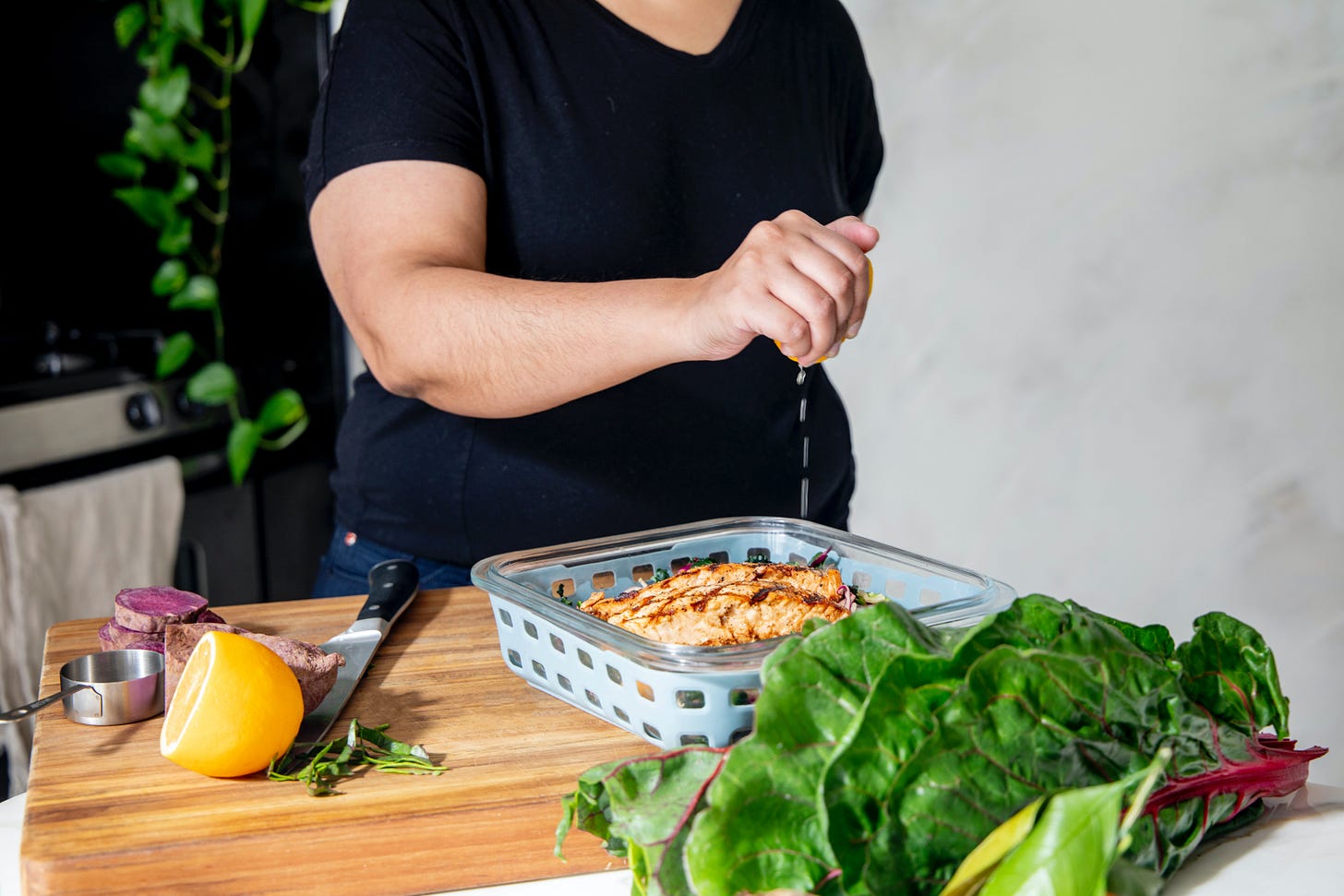On "Taste and Adjust the Seasoning as Desired"
If you write that in your recipes, we're going to have some words.

After cooking at home for three-plus years during the pandemic, I no longer freak out about letting friends who are cookbook authors, private chefs or recipe developers (always a “she,” for some reason) taste my food. That’s because I feel confident that I can make my dishes and baked goods taste reasonably good. That if I follow a recipe, and at the end and the dish needs help, I can make it better.
For example, when I asked Chat-GPT create a recipe for peanut butter cookies with miso, the batter turned out too soft. I added flour, a 1/4 cup at a time, until it firmed up. But the batter was still too soft to scoop into balls. I then refrigerated it for a half hour. Neither one of those strategies were included in the recipe. But my knowledge of what to do helped me succeed.
What about other recipe readers? I bet that’s a different story. I bet most are not experienced cooks who know how to fix recipes. If they don’t, then it’s pretty lame for recipe writers to state, at the end of a recipe, “Taste and adjust seasonings as desired.” Because it lets the recipe writer off the hook for the result, and leaves readers hanging.


